Art instead of Industry
Although in the past, Pottery has been known as an industry, now in modern society it is known as art. And although, there is considerable information in relation to Iranian ancient pottery, there are very few documents and written information of ceramics from the Qajar era until contemporary time.
At the first of Iranian pottery history, ceramic dishes just were used by the lower class and aristocrats used golden, silver, brass or copper dishes. But the advancement of enamel and new ornamental techniques made the richer clients, as well.Pottery in Iran dates back to 4000 BC, the Neolithic era. In that time ceramics have been used for daily and religious activities. Iranian and Chinese potters have continued pottery and experienced many styles and techniques. According to several tablets written in Babylon and Ashore calligraphy from 1700 and 5650 BC, we have some instructions about making color and enamel of clay. Also, a brochure about pottery dates back to 1301 is accessible in Kashan.
Kashan is one of the important pottery centers that has continued this industry from Neolithic and its fame peaked in the Middle Ages, it still many delicate dishes.An ancient analysis in different regions of Iran such as Tal Chogha, Khorvin, and Hasanlo have delivered much valuable knowledge about ceramic features in each period. For instance, according to research on Esmaiel Abad civilization related to 5000 BC, its ceramics were made of a red and polished paste composed of sand and pug. These ceramics were hand made with black motifs such as animal, figurative, geometric and organic designs. In addition, many ceramics have been discovered from East of Iran, on the way to Iraq for example Susa. The oldest Iranian discovered ceramics is a hazy dish colored red with black stain due to faulty baking from 4000 BC
· Totally, the most several important technical improvements in this art include these items:
1. The items have the same thickness in all sections.
2. Putting dishes in clay slurry to create a smooth surface.
3. The use of the pottery wheel that was an introduction to modern wheels.
4. The use of a substance containing iron oxide and manganese oxide, which during the second backing, was turned into black or dark brown.
5. The use of furnace, with the firebox placed under the pottery roof which separated by a brick wall, this type of furnace is still used.
6. The use of baked clay molds for mass production.7. The use of glaze that was common in their work.
The Technique of Enameling
The art of Enameling (Mina Kari in Persian) is the art of coloring and fire, used to make decoration on clay, metal, and tile with a glaze called Mina. Enamel working and decorating materials with colorful and baked coats is one of the distinguished courses of art in the city of Isfahan.
In the time of the rule of Kassites in Iran, ceramics powered through creating a new technique of enamel. In the Achaemenes era, many palaces have been built like the winter capital in Susa and the summer capital in Persepolis with multi-colored relief bricks. “Those who built baked bricks were Babylonians,” Darius said in the petroglyph of Susa foundation.
Contemporary Pottery in Iran and Main Centers of Production
There is nothing written about Iran’s contemporary pottery, but here we briefly introduce the three active areas in this art
- Mand
One of the areas that are very active in this field is Mand Village in Gonabad, which transmits knowledge of the production of pottery, through a continuous activity, to other generations. The pottery in Gonabad is at least 5000 years old and became prevalent since the end of the 11th century. Since the beginning of this century, a new kind of pottery has been created with special features of Gonabad. It is known as the Chinese Pottery, which is very similar to the pottery of Meybod in Yazd, Estahban in Fars and Shahr Reza of Isfahan. Pottery in Gonabad is done in two dissimilar methods, which are different in the materials.
Some of the motifs in their products have a holy aspect originate from peoples’ beliefs. These elements have been divided in human, animal, organic, and geometric groups that rooted in ancient Iranian art and including the sun, fish, birds and the tree of life, cypresses, Persian pickles. They are very similar to the paintings of Maybod of Yazd and can be seen in Zoroastrian and mythological culture of Iran. It seems that the motifs of Mand’s dishes are two-dimensional translations of Iranian mythology. As an example, we describe one of these motifs related to Iranian mythology:
The Motif of Fish
Fish is one of the most used elements in the pottery of Mand, which is usually painted with plants. The fish symbolizes fertility, deliberation and the guardian of “White Haoma” (the manifestation of plants and life). Fish have a high status in mythical traditions. According to a narration in Bundahishn:
Ahura Mazda created the “White Haoma” in Vourukasha Sea, and Ahriman created a toad in the depth of the sea in order to ruin “White Haoma”. Urmzad created ten fish that be around Haoma, and always one of the fish was down to look for the toad. . “
What is interesting and noticeable about Mand’s ceramics is that on the body of some cylindrical dishes one plant motif has been painted between two fishes, one of them is down and apparently looking at something alongside the plant.At present, there are elevenworkshops available, each one has one or three stoves. Outside the workshop and inside the village, there are also three traditional furnaces that are most used in the summer, and their capacity is half of the capacity of the furnaces inside the workshops.
- Kalpourgan
Another important area is the Village of Kalpourgan, in Sarvan county, which has an ancient history and located in the easternmost city of Sistan and Baluchistan. “Kalpour” is the name of a plant with medicinal usage that is special in the Baluchistan region. The Kalpourgan pottery has a direct connection with the Baloch tribal beliefs, which has great importance in its global reputation. Other distinguishing features of Kalpourgan pottery are geometric designs and glazes. The pottery of this village is a continuation of the pottery from 6000 years ago that are known as red pottery.
At the moment, the Karpourgan is the only workshop still in native mode, the main traits of this art are the following.
1. The main producers of this equipment are women and men are active in the related affairs.
2. They do not use the glaze to decorate.
3. The works are handmade and have been created without wheels.4. The ornamental elements are geometric and are a combination of a hollow circle, a filled circle, and a line.
- Lalejin
Lalejin is one of the cities of Hamedan province, which is known as the capital of the Middle East pottery. Many ceramics found in this area, also most people have been pottery from ancient times and transmit this art to the next generations. It became eligible for the global registration in 2016, and this led it to economic growth. It can be said that it is the main center of production and export of pottery. The necessary soil for pottery has been provided from the land around the village of Dastjerdi in the form of clod. After these clods have been beating in large containers, they mix them with water and then smooth to remove impurities such as pebbles. It has been remained constant for a few days to it tighten. After this time, they create shallow lines on the surface of the clay by a long wood. Then the clay will be cracked through these lines in the form of a brick. Then bricks are sent to the workshops and stored in a room called Terpaghdan. The clay is kneaded by two people. Then the prepared clay be divided into smaller portions in form of a sugar loaf. Pottery furnaces are made of brick and they are divided into two parts. The lower part is stokehole with a large iron cresset and the upper part where dishes be located for baking.
At the moment, there are more than 1000 pottery workshops in Lalejin, some of them are famous just for the production of one kind of container. In these workshops, men make and bake pottery. Sometimes, women accept the responsibility of painting on these dishes, which are done in two ways: one with plastic and oily colors and the other with mineral pigments that will be fixed after baking in the furnace. Recently they have used a new technique to decorate it. It is called Mina or Enamel. You can have Lalejin pottery products with good prices in here.
Sources:
“the patterns of Kalpourgan and Baloch art”.Intertextual Studies. no.8, 2015
“Pottery in Ancient Iran”, Tarikhema.org. Web.
“The Art of Pottery, Past to Present”. Mag.eravel.com. Web
*The pictures for Mand and Kalpourgan are taken from abartazeha.com and ifpnews.com

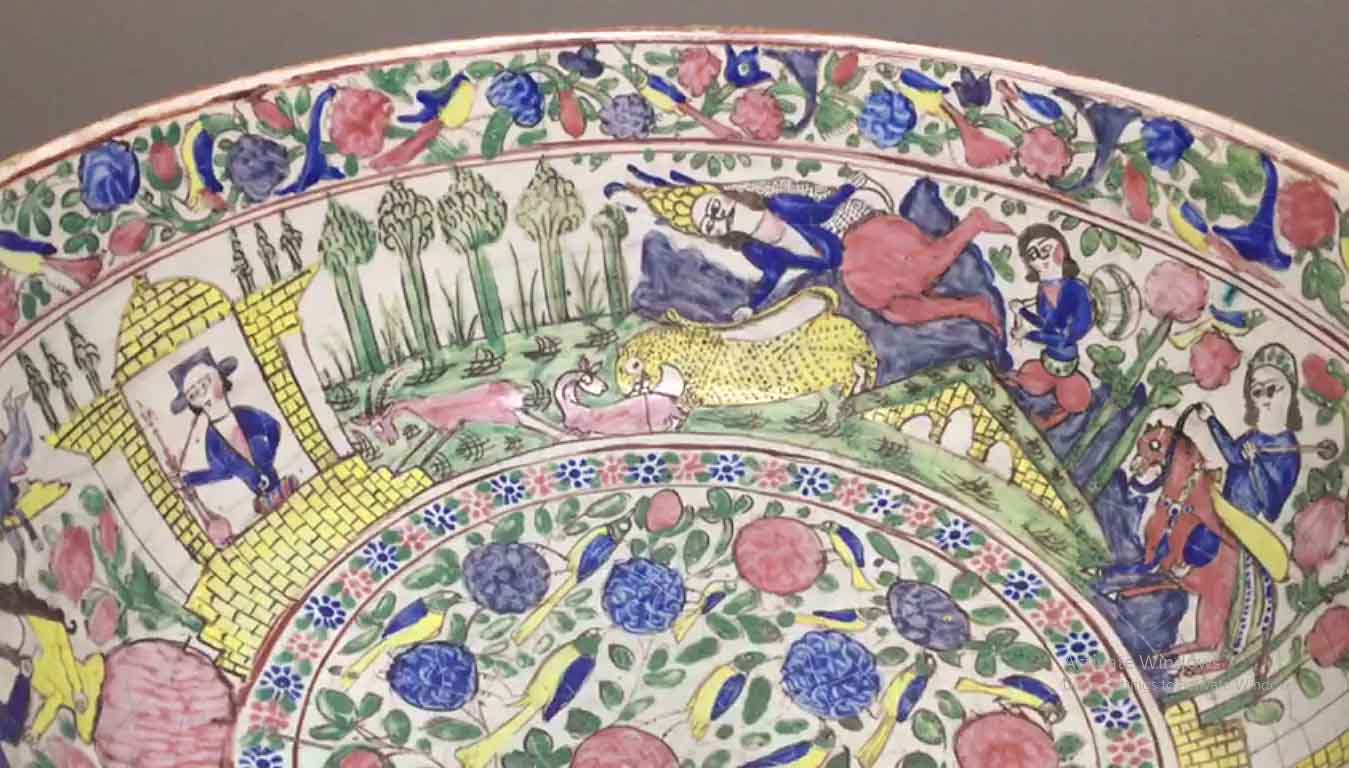
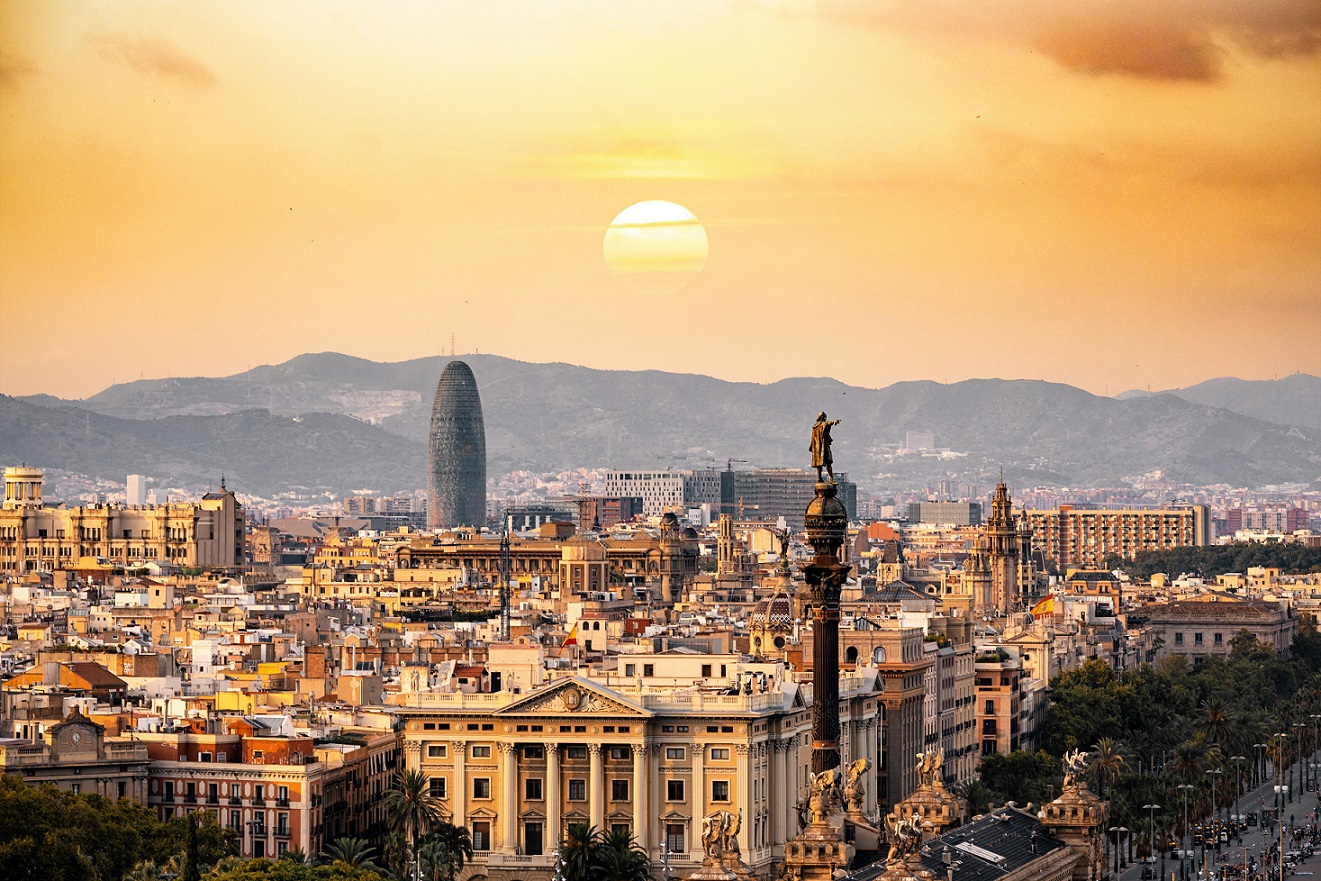


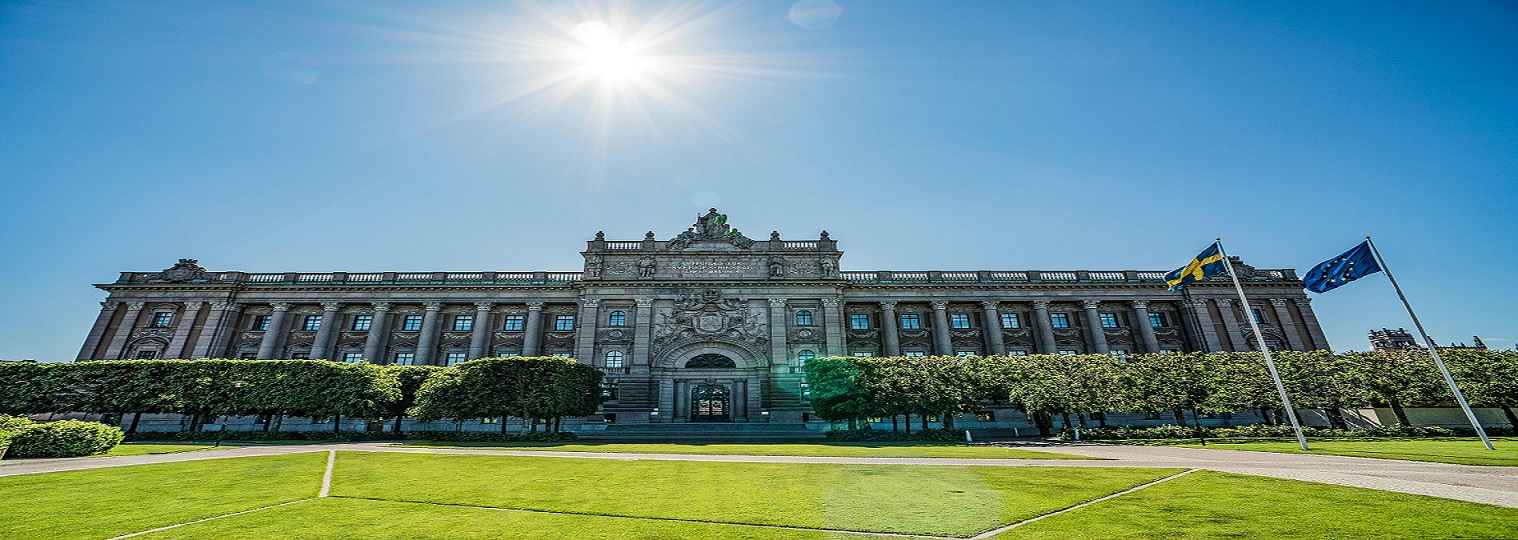



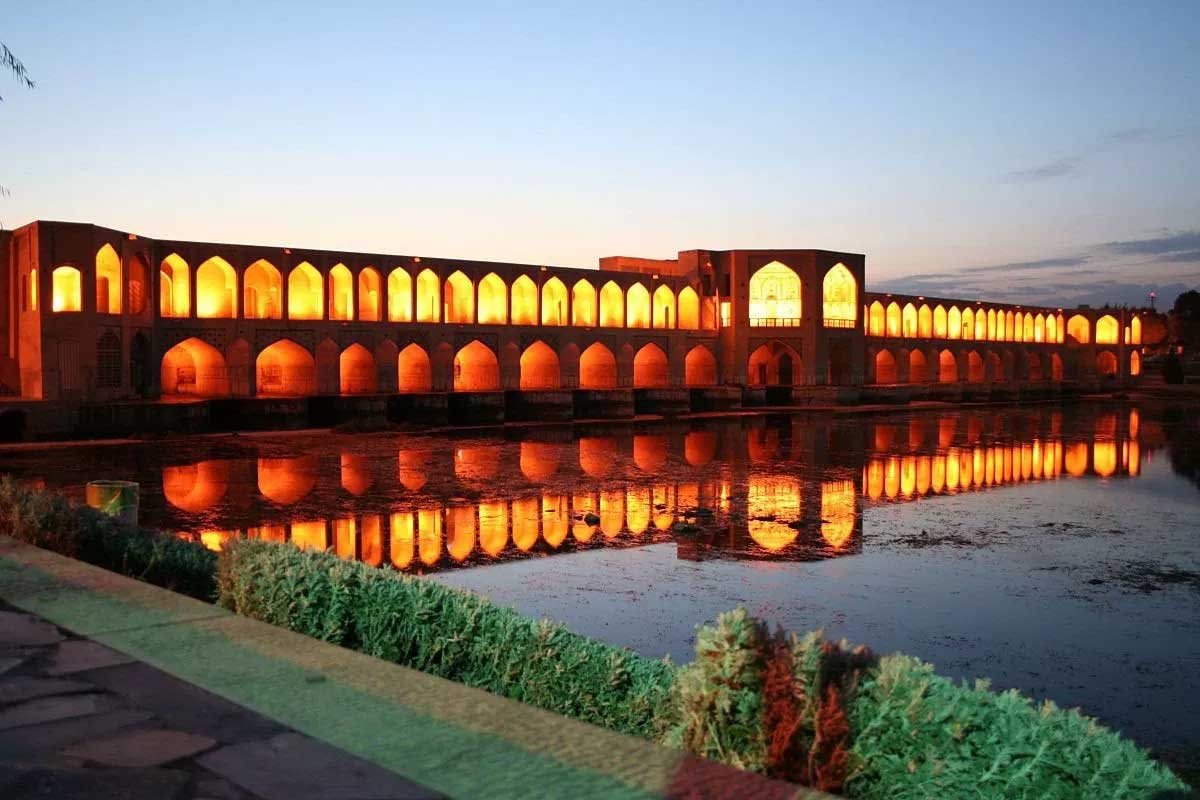
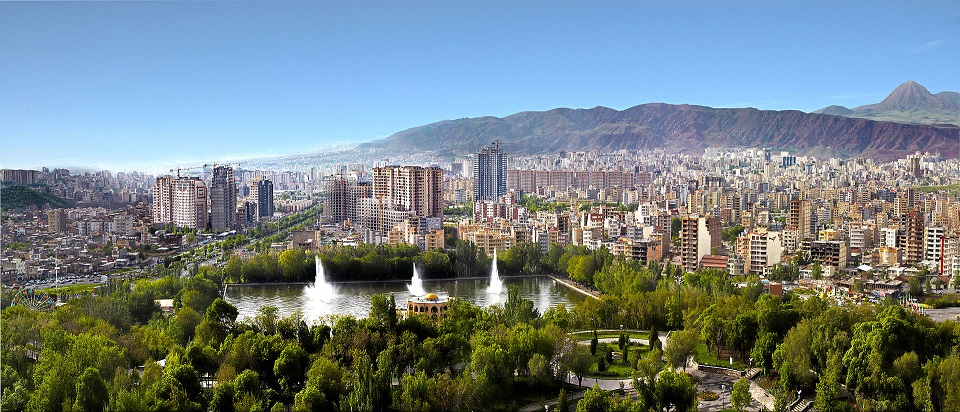
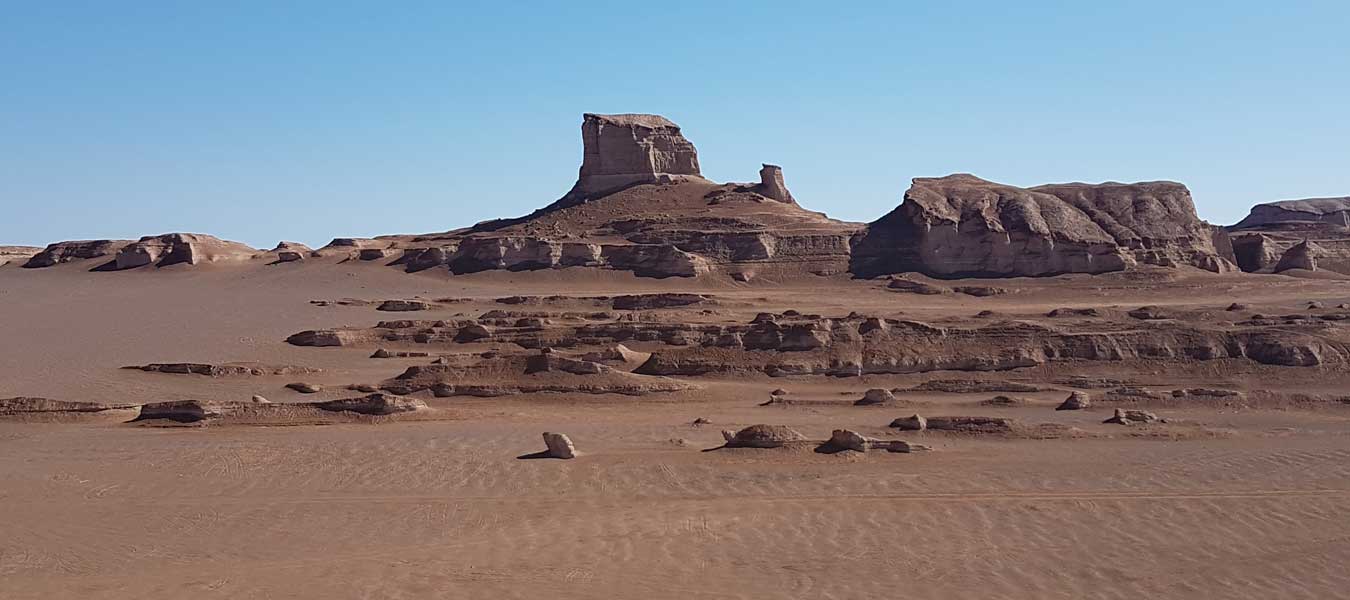

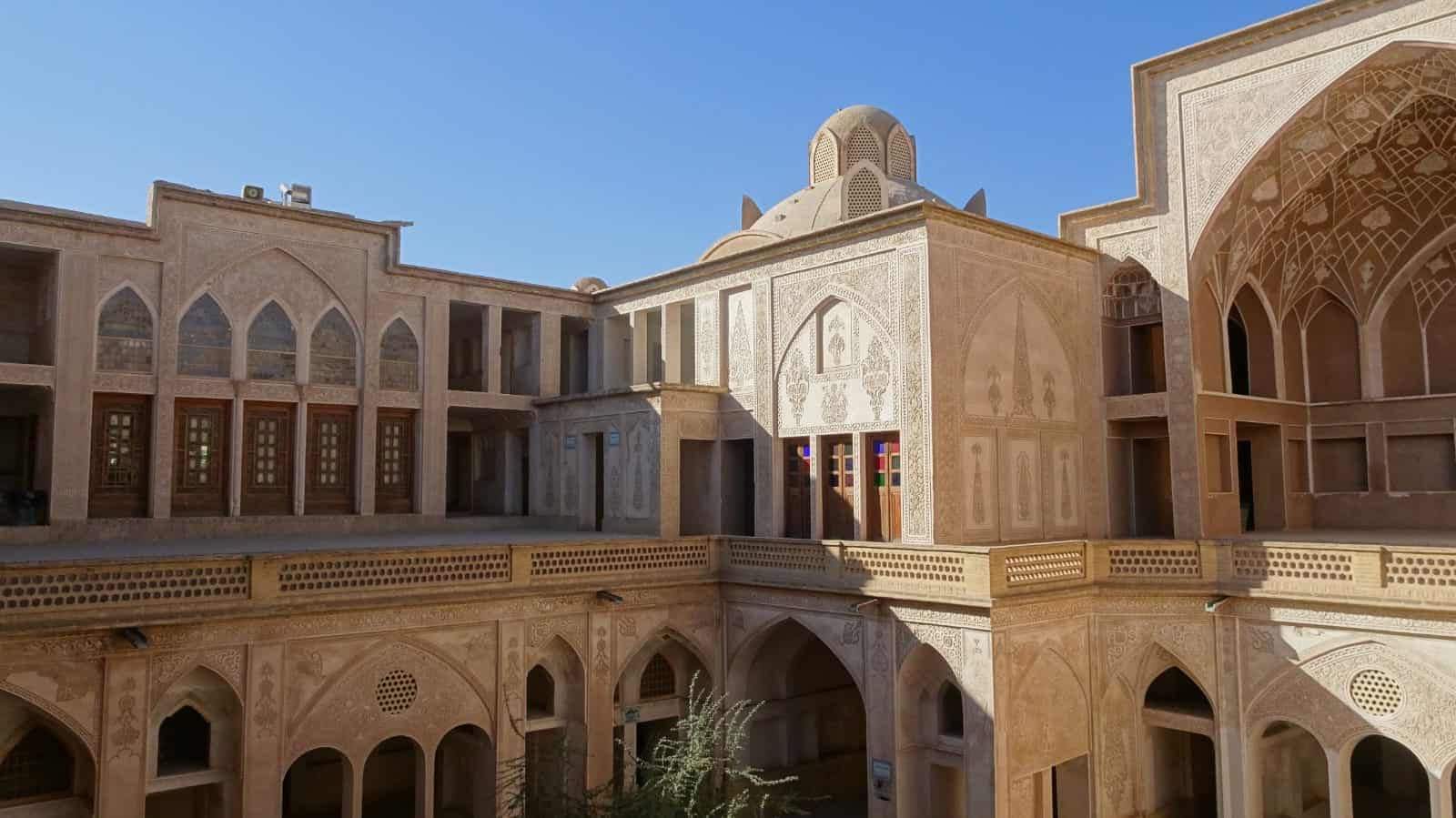
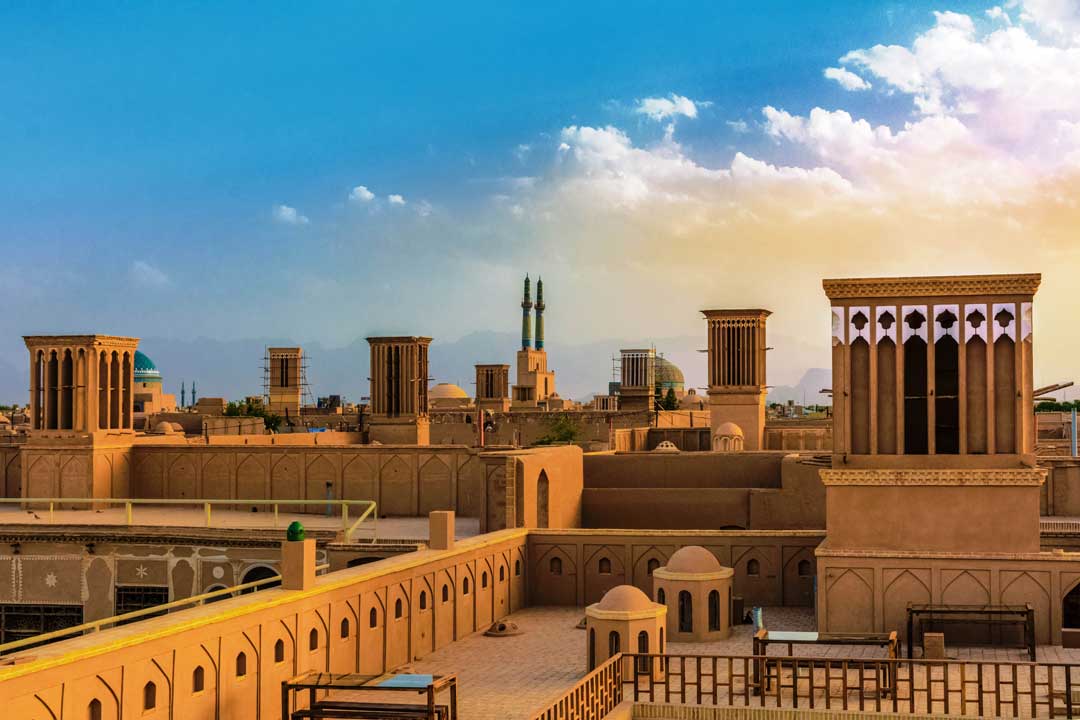
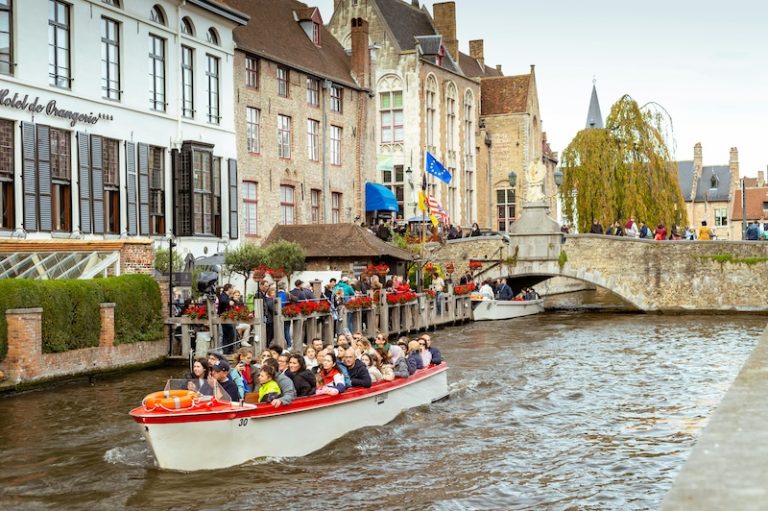
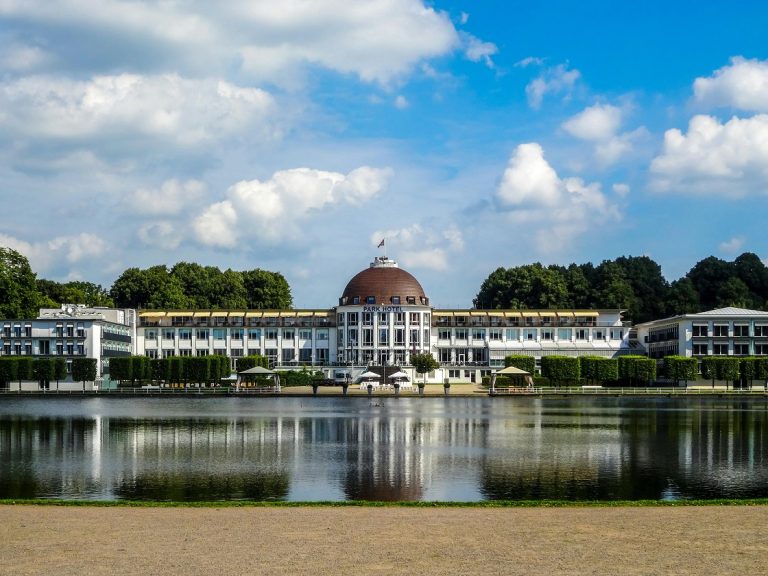

Leave a reply